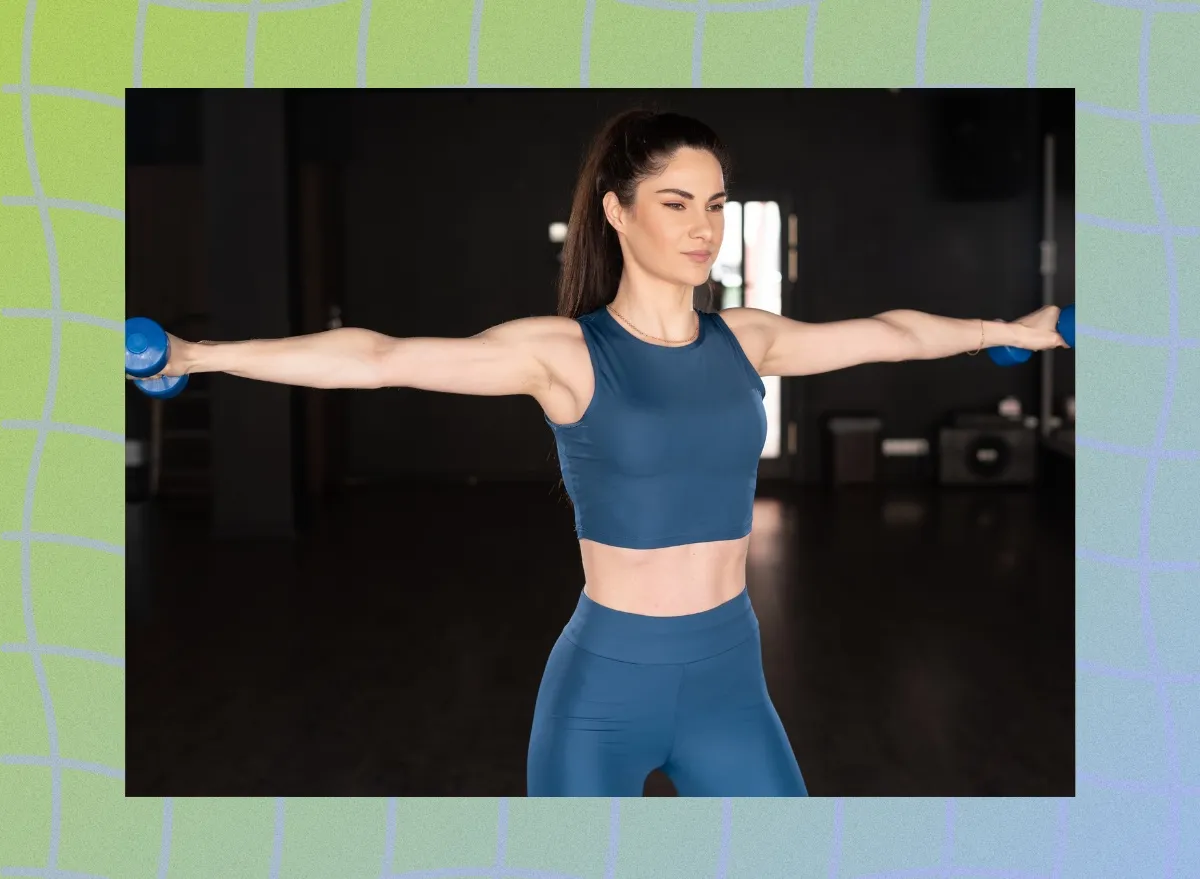
Researchers have developed an innovative 3D-printed wearable sweat sensor that collects and analyzes sweat directly. Here are some medical conditions that can cause excessive sweating.
When the temperature is high, we sweat; when we exercise (muscle exertion), we sweat. This is because when the body heats up, it responds by producing sweat. Sweating helps cool our body down and helps prevent us from overheating. Sweating is normal. But excessive sweating that is not triggered by high temperature or physical activity may be a sign of an underlying medical condition. Yes, your sweat can tell a lot about your health. It can indicate dehydration, fatigue, high blood sugar levels and even serious conditions such as cystic fibrosis, diabetes and heart failure.
Now, imagine you’re wearing a sweat sensor that can give vital information about your health while at home. Researchers at the University of Hawaii at Manoa College of Engineering have turned this imagination into a reality. They have come up with an innovative 3D-printed wearable sweat sensor. Dubbed the ‘sweatainer’, it is a small device, as small as a child’s sticker, that collects and analyzes sweat.
How sweatainer differs from previous wearable sweat devices
The sweatainer is designed by incorporating various sensors, and it can analyze sweat in a mode similar to previous wearable sweat-sensing systems, but with a more efficient and cost-effective approach, the developers said.
Initially, absorbent pads or microbore tubes were used to collect sweat from the skin for sweat analysis. It was complicated, requiring trained personnel, special handling, and expensive laboratory equipment. While some of these challenges have been overcome with the recent emergence of wearable sweat sensors, these devices can collect only one sweat sample for analysis. The sweat collection has to be stopped, when the device is full, and it must be removed.
Unlike the previous wearable sweat devices, the sweatainer can collect multiple, separate sweat samples. Moreover, the sweat analysis can be done either directly on the device or sent to a lab. It’s the “multi-draw” sweat collection method of the sweatainer that makes it unique.
According to the University of Hawaii engineers, their innovation is inspired by the vacutainer used in clinical blood sampling.
The advanced 3D-printed wearable sweat sensor makes sweat collection more efficient and cost effective. In the future, it may also enable at-home testing, and may be integrated with existing health monitoring methods.
READ RELATED: 4 Advantages Of Including Facial Massage Into Your Skincare Routine
Medical conditions that can cause excessive sweating
If heat or exercise is not the cause of your excessive sweating, you’re probably dealing with hyperhidrosis. Excessive sweating can be caused by primary hyperhidrosis (partly hereditary and no underlying medical cause) or secondary hyperhidrosis (if excessive sweating is triggered by an underlying medical condition).
In primary hyperhidrosis, faulty nerve signals trigger eccrine sweat glands to become overactive. Usually, type of hyperhidrosis affects the palms, soles, underarms and sometimes the face.
Some health conditions can cause secondary hyperhidrosis. These include acromegaly, diabetic hypoglycemia, hyperthyroidism (overactive thyroid), infections, leukemia, lymphoma, malaria, neurologic disease, Pheochromocytoma (a rare adrenal gland tumor), and tuberculosis.
Menopause can also cause excessive sweating in women.
Secondary hyperhidrosis-related excessive sweating can also be a side effect of certain medications, such as pain relievers, antidepressants, and some diabetes and hormonal medications.
In secondary hyperhidrosis, one may sweat all over the body.
Total Wellness is now just a click away.
Follow us on
window.addEventListener(‘load’, (event) => {
// $(document).ready(function(){
$(‘#commentbtn’).on(“click”,function(){
(function(d, s, id) { var js, fjs = d.getElementsByTagName(s)[0]; if (d.getElementById(id)) return; js = d.createElement(s); js.id = id; js.src = “//connect.facebook.net/en_US/sdk.js#xfbml=1&version=v2.3”; fjs.parentNode.insertBefore(js, fjs);}(document, ‘script’, ‘facebook-jssdk’));
$(“.cmntbox”).toggle();
});
// });
});






